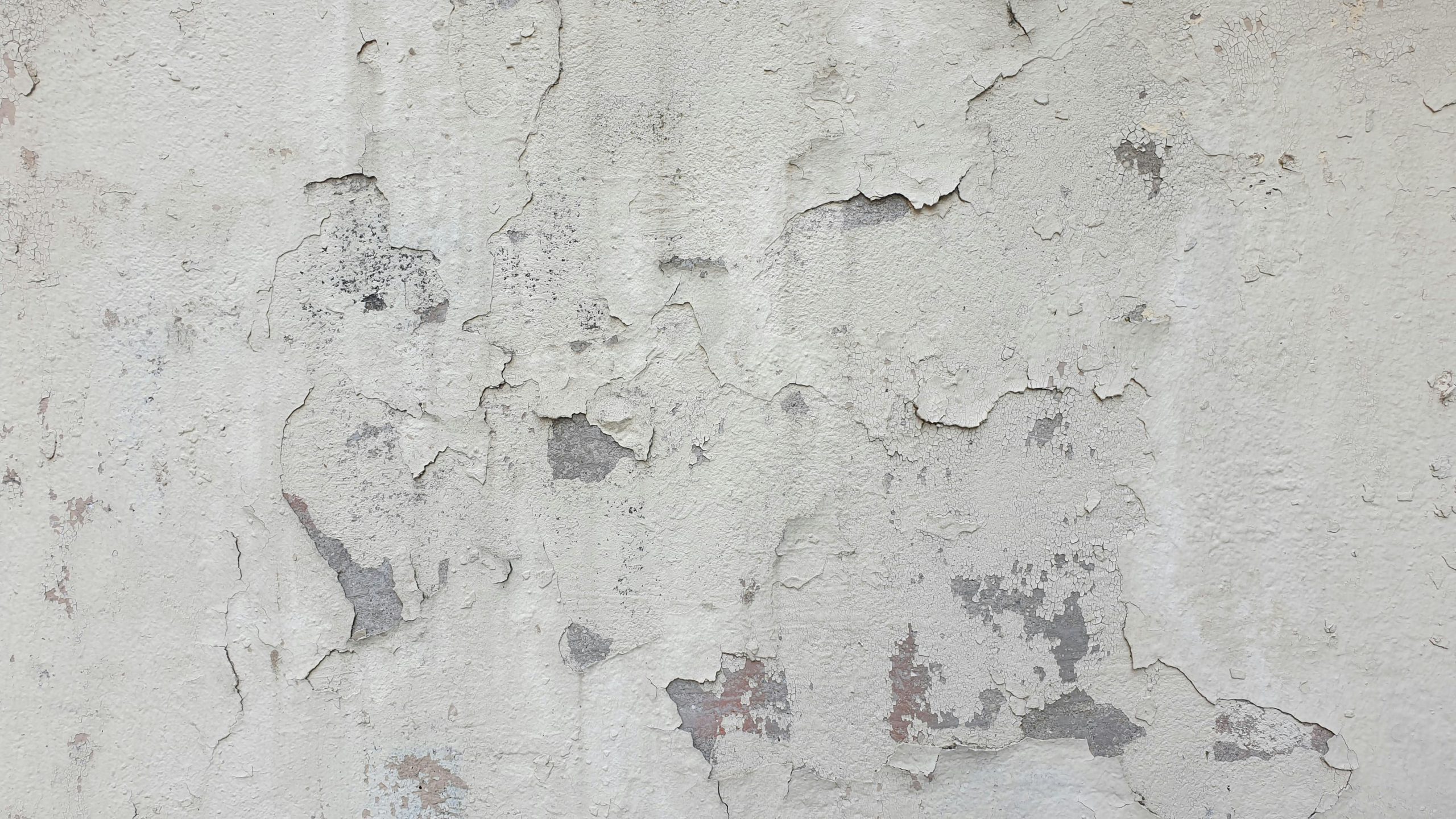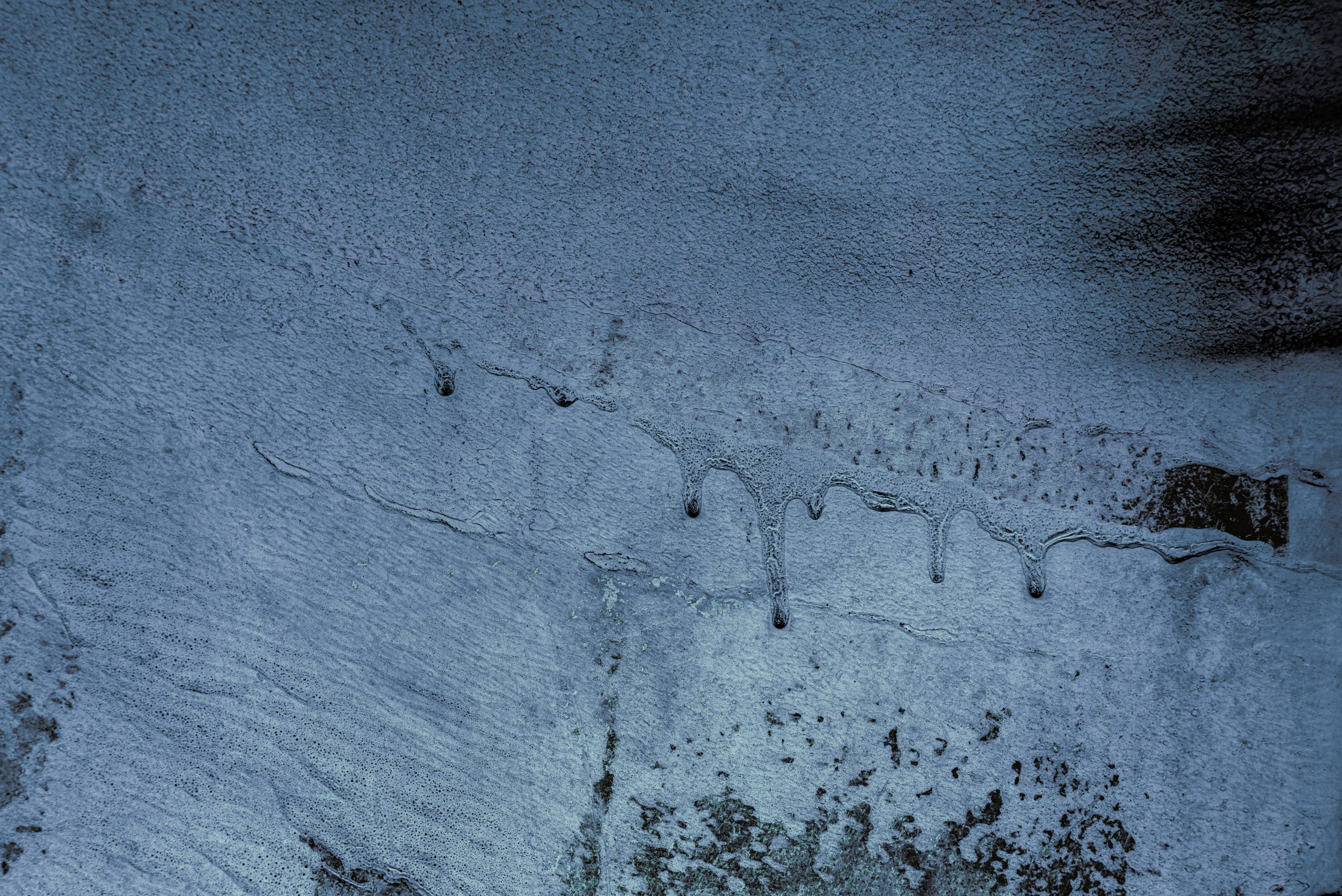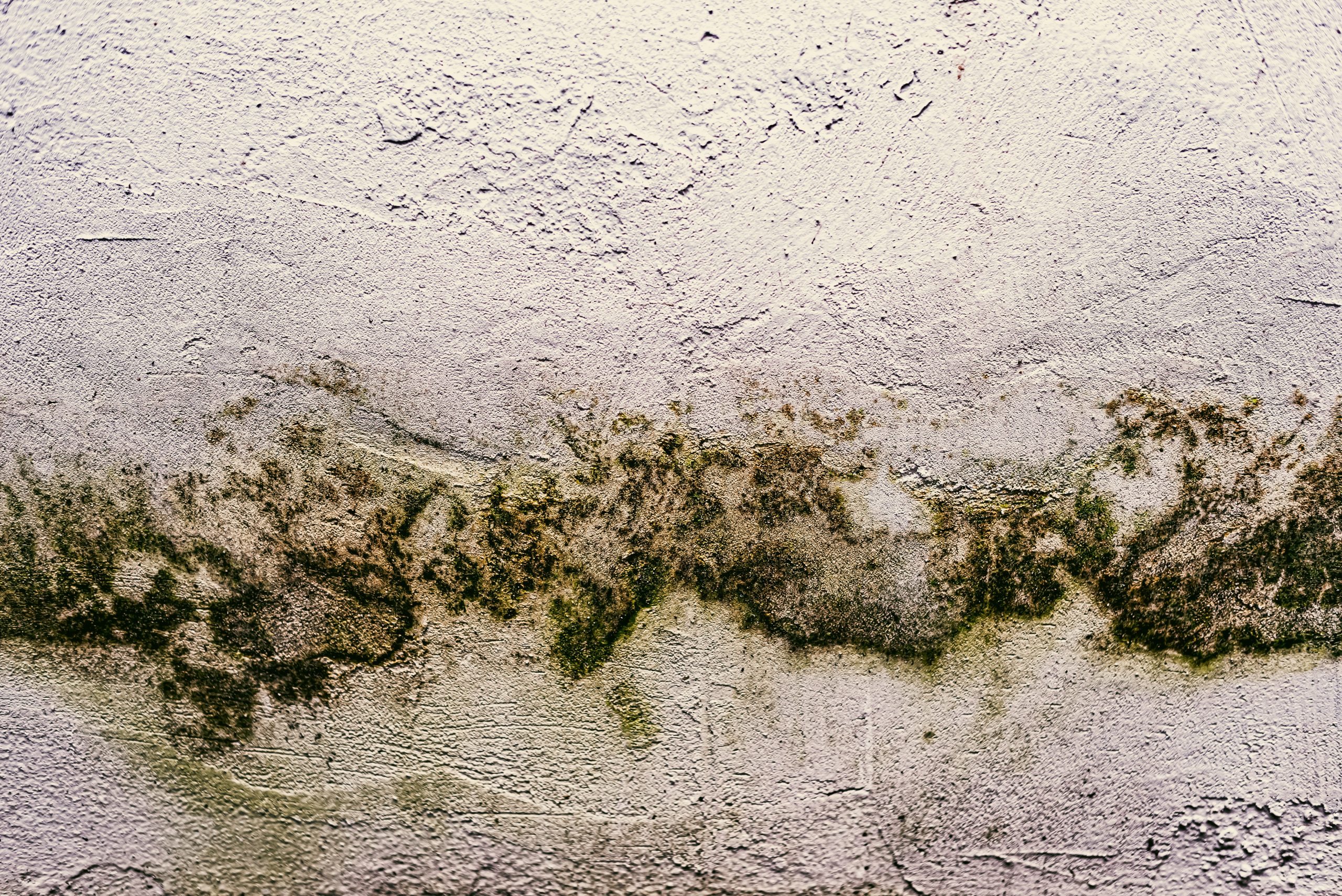
Basement water problems are among the most frustrating issues a homeowner can face. Whether it’s a minor seepage or a full-blown leak, water coming through your basement walls can cause mold, structural damage, and expensive repairs if left unchecked. The good news? There are practical steps you can take to prevent water from seeping into your basement. In this guide, we’ll break down the most effective methods in a casual, easy-to-understand way.
Why Does Water Seep Through Basement Walls?
Before you tackle the problem, it’s helpful to understand why it’s happening. Water can find its way into basements for several reasons:
- Hydrostatic pressure: Water in the soil around your home can push against basement walls, finding even the tiniest cracks to enter.
- Cracks and gaps: Foundation walls, especially older ones, may have cracks that allow water in.
- Poor drainage: Gutters, downspouts, and landscaping that don’t direct water away from your home can contribute to basement seepage.
- High water table: Homes built in areas with a naturally high water table are more prone to water intrusion.
If left unchecked, this water seepage can lead to serious basement water damage, including mold growth, structural issues, and costly repairs. Knowing the cause helps you choose the right solution rather than just patching symptoms.
How Can I Identify Water Seepage in My Basement?

Water seepage isn’t always obvious at first. Here are common signs to watch for:
- Damp or musty odors
- Water stains or discoloration on walls
- Efflorescence (white, powdery residue) on walls or floors
- Peeling paint or wallpaper
- Mold or mildew growth
If you notice any of these signs, it’s time to take action before the problem worsens.
How to Stop Water from Seeping Through Basement Walls
Here’s a breakdown of strategies homeowners can use, from simple fixes to more intensive solutions.
1. Improve Exterior Drainage
Water will always follow the path of least resistance, so keeping it away from your foundation is key.
- Check your gutters and downspouts: Ensure they’re clean and direct water at least 6-10 feet away from your home.
- Slope the landscaping: Soil should slope away from the foundation at a 2% grade or more (about a 1-inch drop per foot).
- Install French drains: These underground channels redirect water away from your home, reducing pressure on basement walls.
2. Seal Cracks and Gaps
Even small cracks can allow significant water intrusion.
- Clean the area: Remove dirt and debris from cracks.
- Use hydraulic cement or epoxy: These materials expand as they set, effectively sealing the crack.
- Apply waterproof sealant: For minor seepage, applying a waterproof masonry sealant to interior walls can reduce moisture infiltration.
Tip: Interior sealing works for minor leaks, but for heavy or persistent water intrusion, you may need exterior solutions.
3. Apply Waterproof Coatings
Video Source
Waterproof coatings prevent moisture from penetrating basement walls and can also help manage efflorescence.
- Concrete or masonry waterproof paint: Products like Drylok create a barrier that prevents minor water seepage and stops moisture in the wall from evaporating at the surface, which reduces mineral buildup.
- Surface preparation: Remove all loose paint, efflorescence, and weak concrete before applying. Tools like a crowbar or pneumatic hammer can help prep stubborn areas.
- Multiple coats: Deep pits or staining may require several coats applied with a roller or brush. Proper prep ensures the paint bonds well and lasts longer.
Pro tip: If you skip prep, the paint may bubble or peel as moisture continues to push through weak areas of the wall.
4. Install Interior Drainage Systems
For homes with persistent water problems, interior drainage systems can be highly effective.
- Channel drains: Installed along the base of basement walls, these collect water and direct it to a sump pump.
- Sump pump installation: Essential for removing water collected by drainage systems and keeping your basement dry.
- Perimeter drainage: This involves digging along the basement’s interior perimeter and installing pipes to carry water to the sump pump.
Note: While interior drainage can be a major project, it’s often more cost-effective than extensive exterior excavation.
5. Improve Exterior Waterproofing
If your basement continues to flood despite interior measures, exterior waterproofing might be necessary.
- Excavate around the foundation: Remove soil to access the exterior walls.
- Apply waterproof membrane: A heavy-duty membrane or rubberized coating protects walls from direct water pressure.
- Install exterior drainage: A French drain along the foundation perimeter can redirect water away before it reaches your basement.
Warning: Exterior waterproofing can be expensive and disruptive, but it’s the most effective long-term solution for severe leaks.
6. Reduce Hydrostatic Pressure
Water pressure in the soil can push through even the strongest walls. You can reduce it by:
- Improving yard drainage: Make sure water is not pooling near the foundation.
- Adding a drainage system: French drains, surface drains, and catch basins help relieve pressure.
- Installing gravel beds: Gravel around the foundation can help water drain more easily.
Can Landscaping Affect Basement Water Problems?
Absolutely. Landscaping choices can either prevent or exacerbate basement seepage.
- Avoid planting large trees or shrubs too close to the foundation; their roots can damage walls.
- Make sure your yard slopes away from the house to prevent pooling.
- Use rain gardens or permeable surfaces to manage runoff effectively.
Should I Consider a Professional Inspection?
If water continues to seep despite your best efforts, it may be time to call a professional. A foundation contractor or waterproofing specialist can:
- Inspect the basement walls and foundation for structural issues
- Recommend exterior or interior waterproofing solutions
- Identify hidden leaks or drainage problems that aren’t obvious
Tip: Early intervention can save thousands in repairs and prevent long-term damage like mold or structural issues.
Quick Tips for Homeowners
Here’s a handy checklist to keep your basement dry:
- Clean gutters regularly
- Ensure downspouts direct water far from your home
- Inspect and seal cracks in walls and floors
- Apply waterproof coatings to walls
- Consider interior drainage solutions for persistent leaks
- Maintain proper yard grading
- Schedule a professional inspection if water problems persist
The Bottom Line: Keeping Your Basement Dry Is Doable
Water seeping through basement walls can be stressful, but it’s not impossible to prevent. By understanding the cause, taking preventative measures, and using the right combination of interior and exterior solutions, you can keep your basement dry and protect your home’s value. Whether it’s simple maintenance like cleaning gutters or more involved steps like installing a drainage system, addressing the problem early can save you headaches and costly repairs down the road.
A dry basement isn’t just about comfort—it’s about preserving the integrity of your home and avoiding long-term damage. Start with small fixes, monitor your basement, and don’t hesitate to bring in professionals if needed. With consistent effort, water seepage can become a thing of the past.



